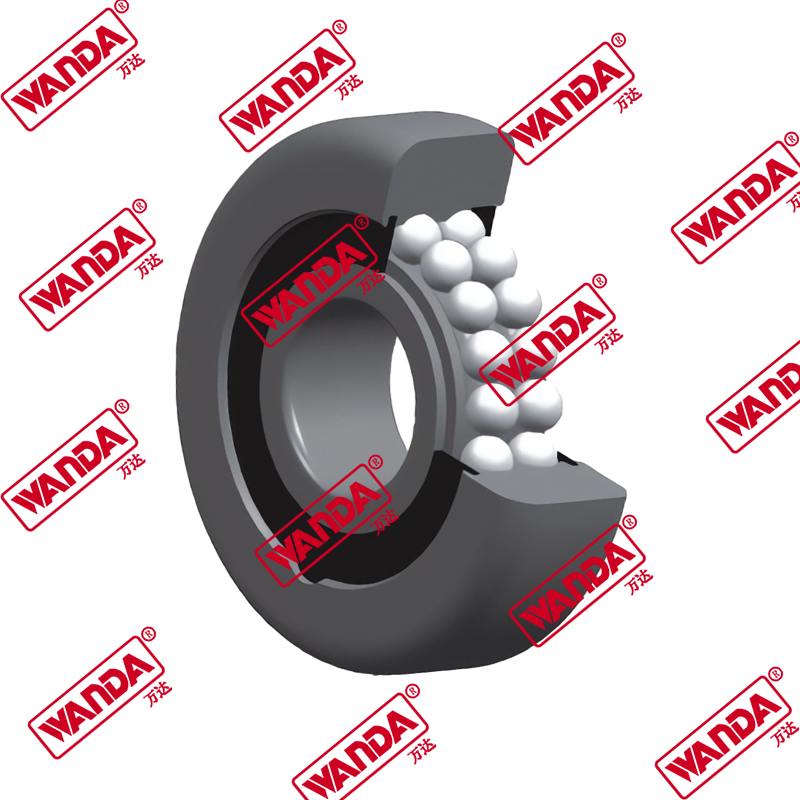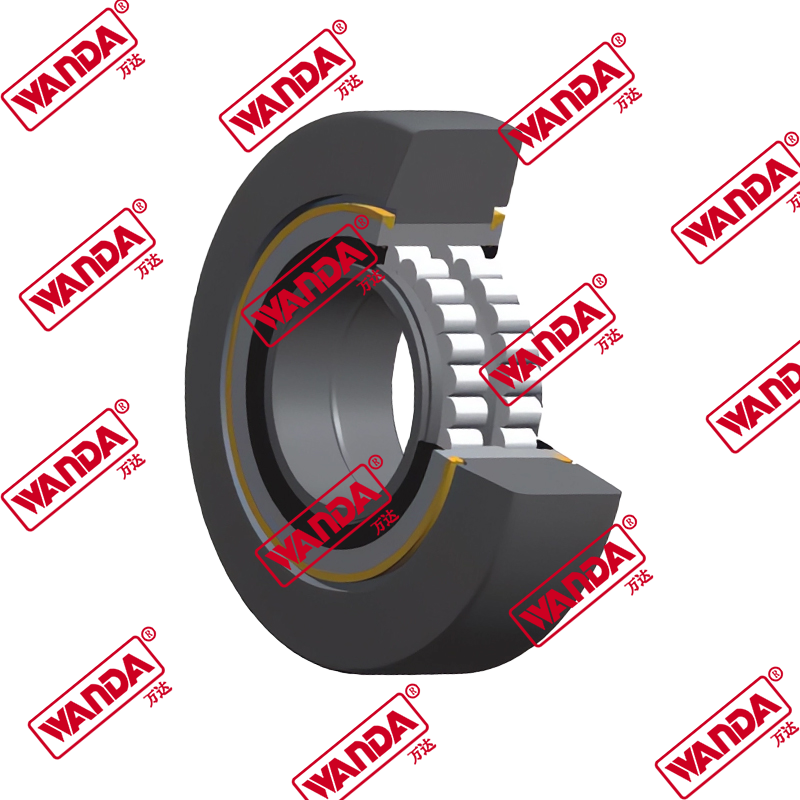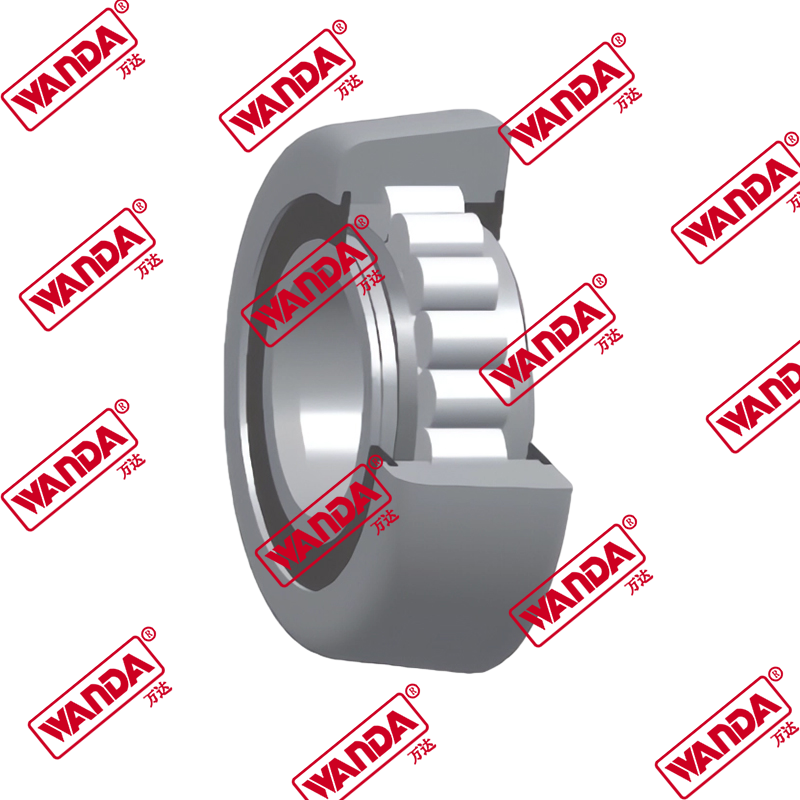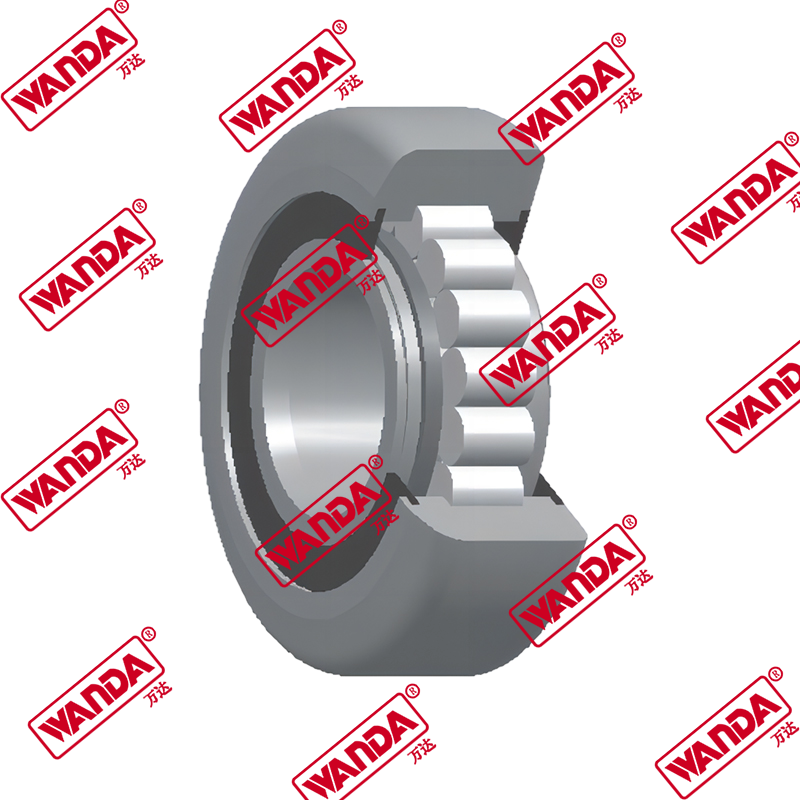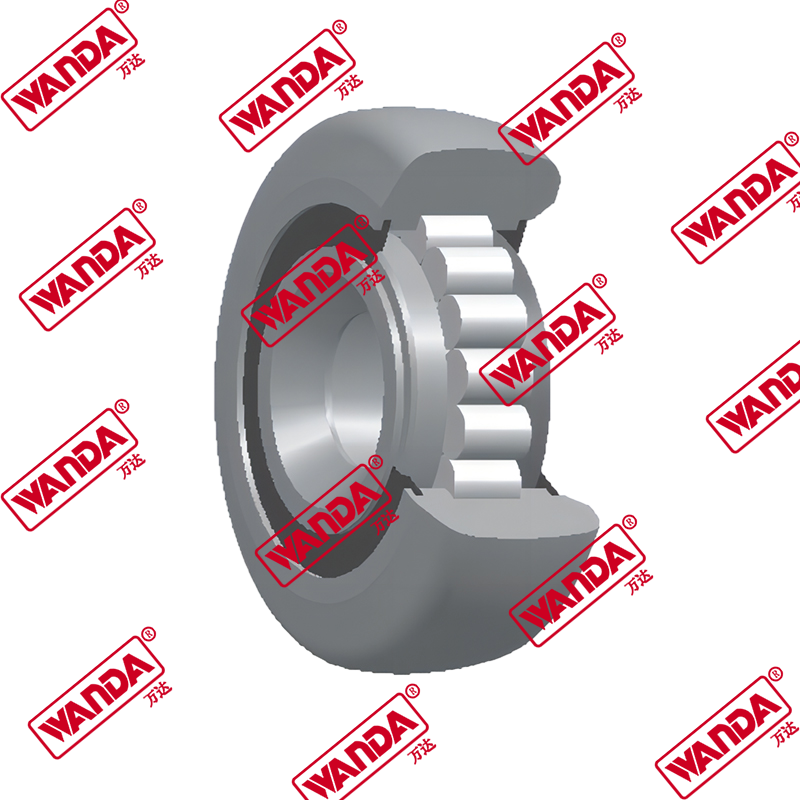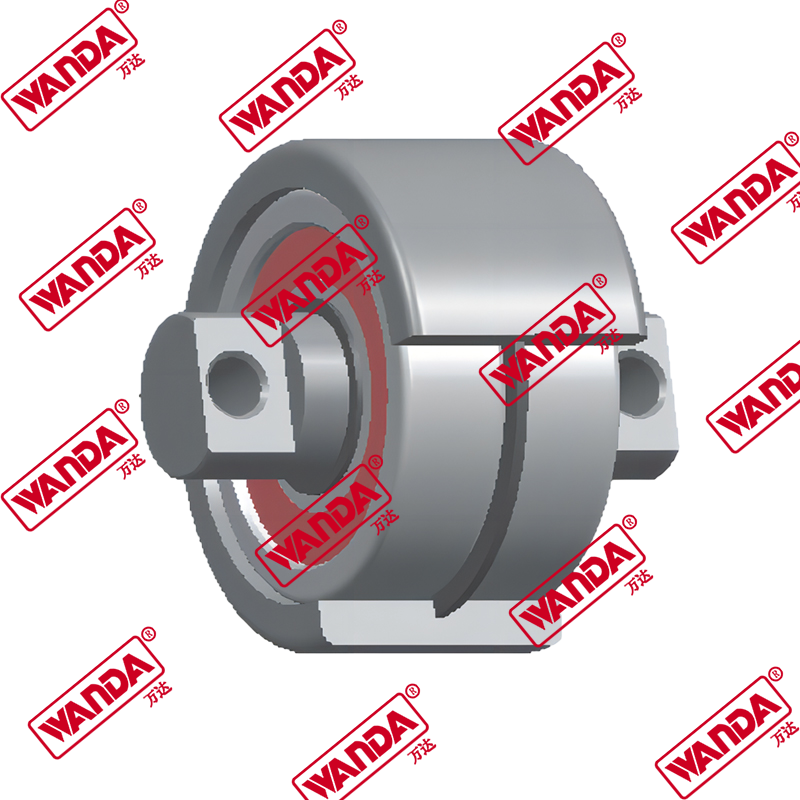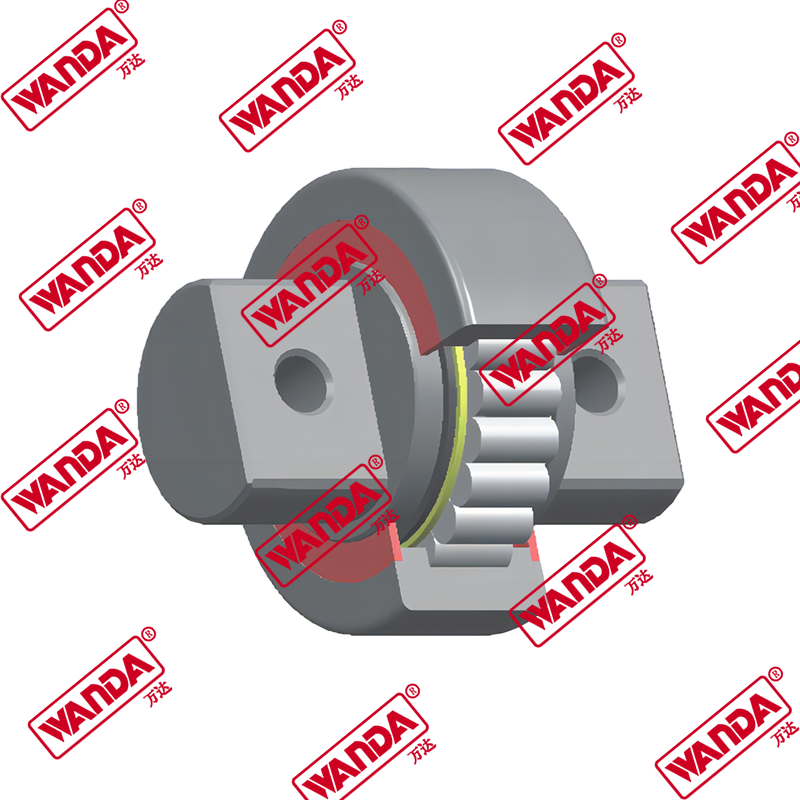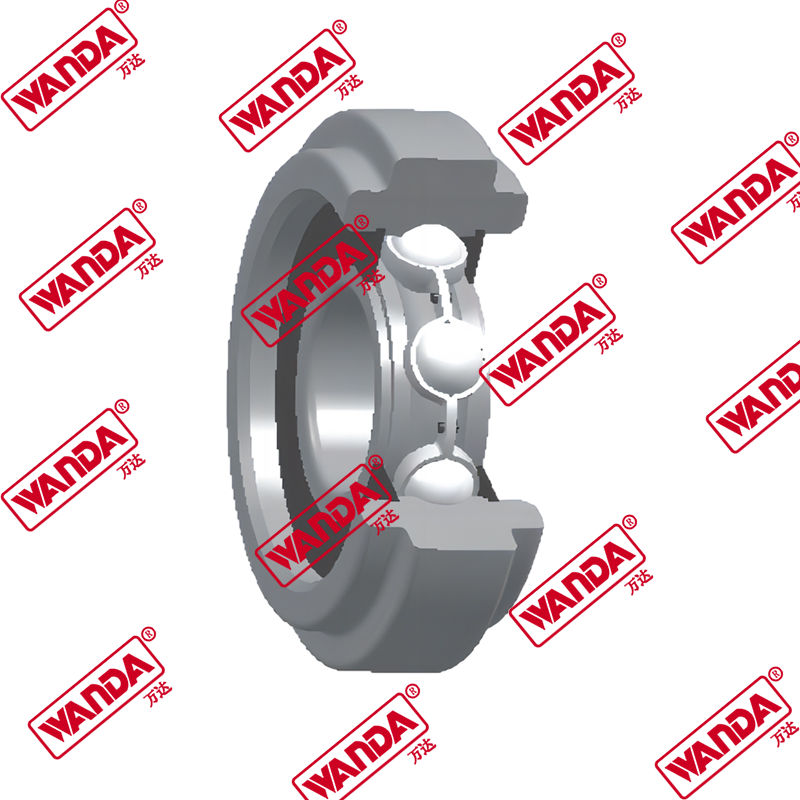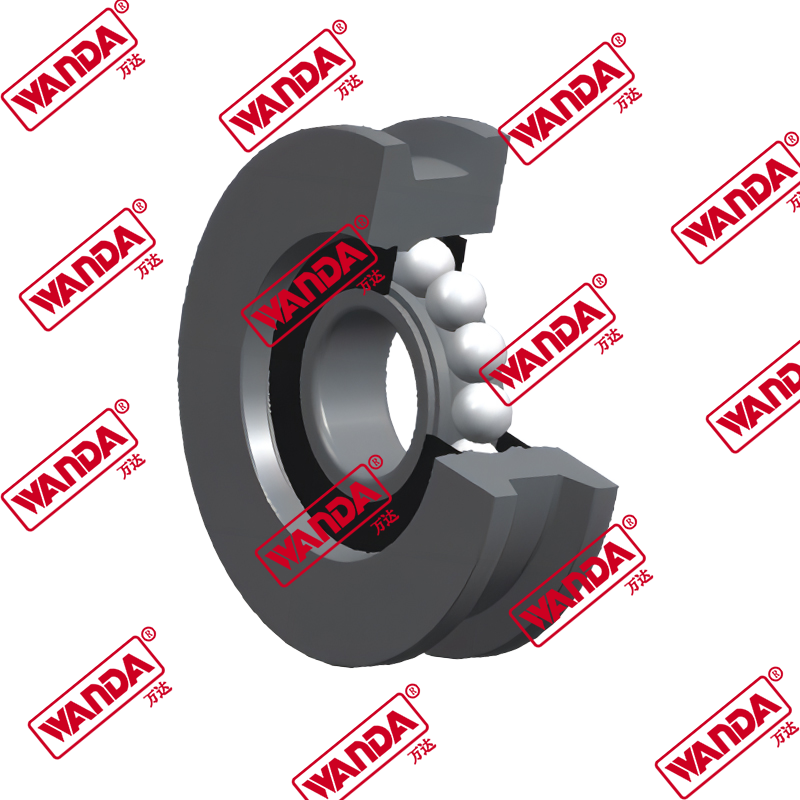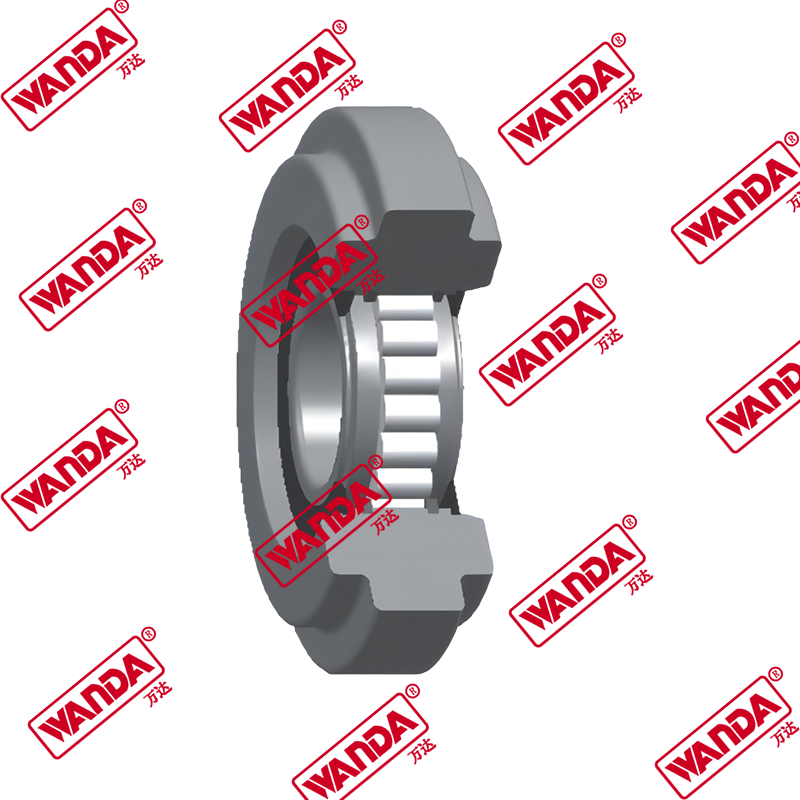With the continuous upgrading of modern industrial equipment, the performance requirements for mechanical components are getting higher and higher. Especially in the fields of engineering machinery, wind power generation, medical equipment and aerospace, the slewing system must not only withstand extremely high loads, but also ensure extremely high rotation accuracy. How to maintain precise rotation under high load conditions has become a core issue of concern in the industry.
As a high-performance slewing component, the four-point contact slewing ring has gradually become the key to solving this problem due to its unique structural design and excellent performance. With its "precise mechanical distribution" and "compact structural design", it achieves extremely high rotation accuracy while ensuring load bearing capacity, becoming an indispensable secret weapon for high-end mechanical equipment.
1. What is the four-point contact slewing ring?
1.1. Basic concept analysis
Slewing bearing is a mechanical device that is widely used in equipment that requires rotation support and load transmission. It is usually composed of an inner ring, an outer ring and a rolling element, which plays the role of supporting the rotating part and transmitting the load. The core feature of the four-point contact slewing ring is its unique "four-point contact" rolling element arrangement.
The so-called "four-point contact" means that a single row of steel balls contacts the groove at four points on the inner and outer rings respectively. This design allows each rolling element to simultaneously bear two-point pressure from the inner and outer rings, for a total of four contact points. This structure optimizes the load distribution and improves the load-bearing capacity and rotational stability.
1.2. Differences between four-point contact and traditional structures
Traditional slewing bearings mostly use three-point or multi-point contact structures. Although they can bear a certain load, they are complex in structure and difficult to manufacture. In addition, due to different contact points, the mechanical distribution is not uniform, which can easily cause local stress concentration.
In contrast, the four-point contact structure achieves the effect of optimizing load distribution by reducing the number of contact points. The design of a single row of steel balls not only simplifies the structure, but also reduces the overall height of the components, facilitating the compact design of the equipment. At the same time, the four-point contact enables the slewing bearing to withstand axial force, radial force and overturning moment, and has multi-functional load-bearing capacity.
1.3. Multifunctional design
The four-point contact slewing ring integrates multiple mechanical requirements. Its design can not only withstand axial pressure of up to several tons, but also effectively disperse radial loads and overturning moments, ensuring that the equipment can still maintain stable and efficient operation under complex working conditions.
This multifunctional load-bearing design concept makes it an indispensable rotating core in various large-scale machinery and precision equipment, and a bridge connecting power and motion.
2. How does the structural design achieve high load bearing?
2.1. The force mechanism of single-row steel balls and grooves
The force core of the four-point contact slewing ring lies in the "four-point" contact method between the single-row steel balls and the inner and outer ring grooves. Each steel ball is evenly distributed around the slewing bearing, and its contact points with the inner and outer rings form a stable force structure.
The biggest advantage of this force mechanism is that the complex load is evenly distributed to each rolling element, avoiding fatigue damage caused by excessive local force. The steel balls form a relatively rigid load transfer path through four contact points, effectively improving the load limit.
2.2. Material selection and processing technology
The realization of high load capacity is inseparable from the optimization of slewing bearing materials. High-strength alloy steel is usually used as the main material and undergoes special heat treatment to improve its hardness and fatigue resistance. The heat treatment process ensures that the hardness distribution of the steel ball and groove surface is uniform, preventing early wear due to local oversoftening.
Precision machining is also an important part of ensuring performance. The processing of the groove must meet extremely high roundness and surface roughness standards to ensure the perfect fit between the steel ball and the groove and reduce micro-motion wear.
2.3. Optimize lubrication and sealing structure
The design of the lubrication system has a great impact on the life and performance of the four-point contact slewing ring. Reasonable lubricating grease can effectively reduce the friction coefficient, reduce wear and heat, and improve rotation efficiency.
At the same time, the optimization of the sealing structure prevents dust, moisture and other contaminants from entering the interior, preventing the deterioration of the lubricating grease and aggravated wear. High-performance seals can maintain airtightness in various harsh environments and extend the equipment maintenance cycle.
3. How to achieve precise rotation control?
3.1. Geometric precision control and manufacturing error management
The basis of precise rotation is high-standard geometric precision control. During the manufacturing process of the four-point contact slewing ring, the roundness of the inner and outer rings, the shape of the raceway, and the dimensional tolerances of the steel balls must be strictly controlled.
Axial and radial runout are key parameters that affect rotation accuracy. Through precise measurement and adjustment, the runout error can be controlled at the micron level to ensure that the rotating part is stable and jitter-free.
3.2. Friction and rotation resistance optimization
Friction during rotation is an important factor affecting efficiency and accuracy. Surface treatment technologies such as nitriding and spraying are applied to the surface of steel balls and grooves, which can significantly reduce the friction coefficient.
The selection and maintenance of lubricants are equally important. High-quality lubricating grease not only reduces wear, but also reduces energy loss, ensuring the smoothness and response sensitivity of rotation.
3.3. Technical requirements for installation matching
The installation quality is directly related to the rotation accuracy. The assembly surface must have extremely high flatness and verticality, and the bolt preload should be uniform and meet the standards to prevent deformation and loosening.
The reasonable design of matching tolerance ensures the perfect fit between the four-point contact slewing ring and other parts of the equipment, avoiding gaps and shaking during operation and ensuring the overall performance of the equipment.
4. Actual performance in key application areas
4.1. Engineering machinery field
Four-point contact slewing bearings are widely used in heavy machinery such as tower cranes and excavators. They still ensure the slewing stability of the equipment under high loads, dynamic impacts and complex working conditions.
Especially in the slewing platform of the crane, the four-point contact structure can effectively resist the overturning moment and impact load, ensuring the safety and reliability of the hoisting operation.
4.2. High reliability performance in wind power systems
The yaw system of wind power generation equipment needs to adjust the direction frequently and bear huge and variable loads. With its high load-bearing capacity and precise slewing ability, the four-point contact slewing ring ensures the stability of the wind turbine during long-term operation.
In addition, its excellent sealing performance and weather resistance ensure that the equipment can adapt to the complex outdoor climate environment, reduce maintenance frequency and reduce operating costs.
4.3. Precision requirements in medical and automation scenarios
Modern medical equipment such as CT scanners and robot arms require extremely high rotation accuracy and stability of rotating parts. The high-precision rotation and micro-motion response of the four-point contact slewing ring make it an ideal choice for medical equipment and industrial automation.
The positioning and rotation control of the equipment at the micron level ensures high-quality output of medical imaging and automated production.
4.4. Aerospace and military applications
Aerospace and military equipment often work in extreme environments. The four-point contact slewing ring meets the stringent requirements of temperature resistance, vibration resistance and high safety factor with its strong structural stability and material properties.
Its high-precision rotation ensures that equipment such as missile launch platforms and radar turntables can move accurately under high-pressure environments, ensuring the reliability and safety of equipment mission execution.
5. How does the four-point contact slewing ring become the core of performance?
The four-point contact slewing ring achieves a perfect combination of high load and high-precision rotation with its unique structural design, preferred materials and exquisite manufacturing technology. It can not only withstand the impact of multi-directional forces under complex load conditions, but also ensure stable and smooth rotation.
In many high-end fields such as engineering machinery, wind power, medical care, and aerospace, the four-point contact slewing ring has become a key component to improve equipment performance and reliability. With its stable, precise, and efficient performance, it is driving the mechanical manufacturing industry to a higher level.
In the future, with the continuous advancement of intelligent manufacturing and green industry, the four-point contact slewing ring will continue to play an important role, bringing more innovations and breakthroughs to mechanical slewing systems, and helping to achieve more efficient and precise mechanical motion control.




